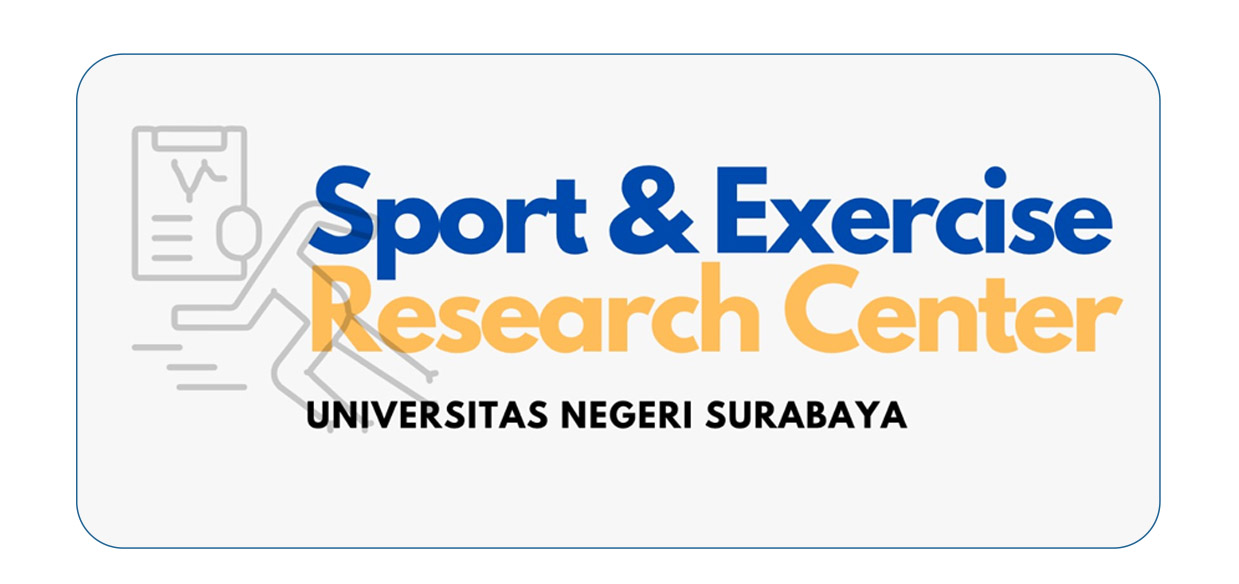Rote Low Impact Aerobics Dance and Video Low Impact Aerobics Dance Can Increase Concentration in Adolescents
DOI:
https://doi.org/10.26740/jossae.v8n1.p21-28Keywords:
aerobic exercise, concentration, rote low-impact aerobic dance, video danceAbstract
This study analyzes the differences between the concentration levels of the rote low-impact aerobics dance group and the video low-impact aerobics dance group. The subjects in this study were 36 adolescents aged 18-20 years who voluntarily participated. Subjects were divided ordinal pairing into two groups, namely 18 people in the rote low-impact aerobics dance group and 18 people in the video low-impact aerobics dance group. The duration of the exercise is 30 minutes sessions with an intensity of 50-70% HRmax, and the frequency of exercise is 3 times/week for 6 weeks. Concentration levels were evaluated pretest and posttest the intervention using the Grid Concentration Test. The data analysis used the Independent Sample Test with a significant level (p ≤ 0.05). The results showed that there was an increase in the average concentration between the pretest and posttest in the rote low-impact aerobics dance group (scores 6.89 ± 2.45 and 9.56 ± 2.64, p = 0.000), and the video low-impact aerobics dance group (scores 7.39 ± 2.38 and 9.11 ± 2.45, p = 0.000). Based on the pretest and posttest data it was concluded that there was an increase in the level of concentration in both groups, but there was no difference between the rote low-impact aerobics dance and video low-impact aerobics dance on concentration.
References
Baral, S. (2021). Impact of Dance on Physical Fitness. Journal of Fine Arts Campus. https://www.nepjol.info/index.php/jfac/article/view/48233
Miyazaki, A., Okuyama, T., Mori, H., Sato, K., & ... (2022). Effects of Two Short-Term Aerobic Exercises on Cognitive Function in Healthy Older Adults during COVID-19 Confinement in Japan: A Pilot Randomized Controlled. International Journal of Environmental Public Health. https://www.mdpi.com/1638960
Nelson, A. B., Chow, L. S., Stagg, D. B., Gillingham, J. R., Evans, M. D., Pan, M., Hughey, C. C., Myers, C. L., Han, X., Crawford, P. A., & Puchalska, P. (2022). Acute aerobic exercise reveals that FAHFAs distinguish the metabolomes of overweight and normal-weight runners. JCI Insight, 7(7). https://doi.org/10.1172/jci.insight.158037
Satoh, M., Ogawa, J. I., Tokita, T., Nakaguchi, N., Nakao, K., Kida, H., & Tomimoto, H. (2014). The effects of physical exercise with music on cognitive function of elderly people: Mihama-Kiho project. PLoS ONE, 9(4). https://doi.org/10.1371/journal.pone.0095230
Sharma, R., Saini, N., & Suri, M. (2017). Physiological Responses of Zumba: an Overview Understanding the Popular Fitness Trend. INDIAN Journal of Physical Education, Sports and Applied Science, 7(4), 23-. https://www.researchgate.net/publication/323143442
Downloads
Published
How to Cite
Issue
Section
License
Copyright (c) 2023 JOSSAE (Journal of Sport Science and Education)

This work is licensed under a Creative Commons Attribution-ShareAlike 4.0 International License.
 Abstract views: 556
,
Abstract views: 556
, PDF Downloads: 378
,
PDF Downloads: 378
, PDF Downloads: 268
PDF Downloads: 268








